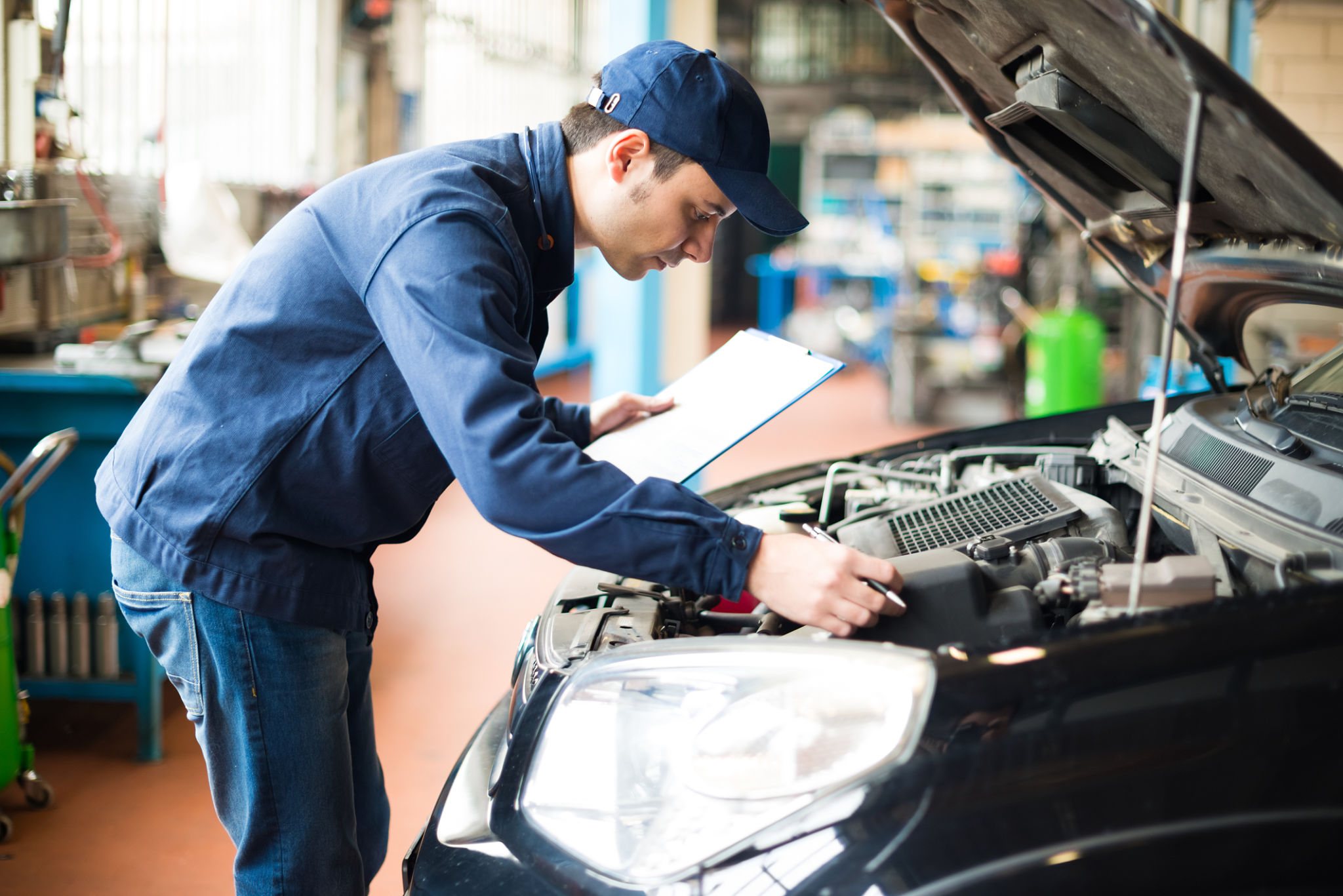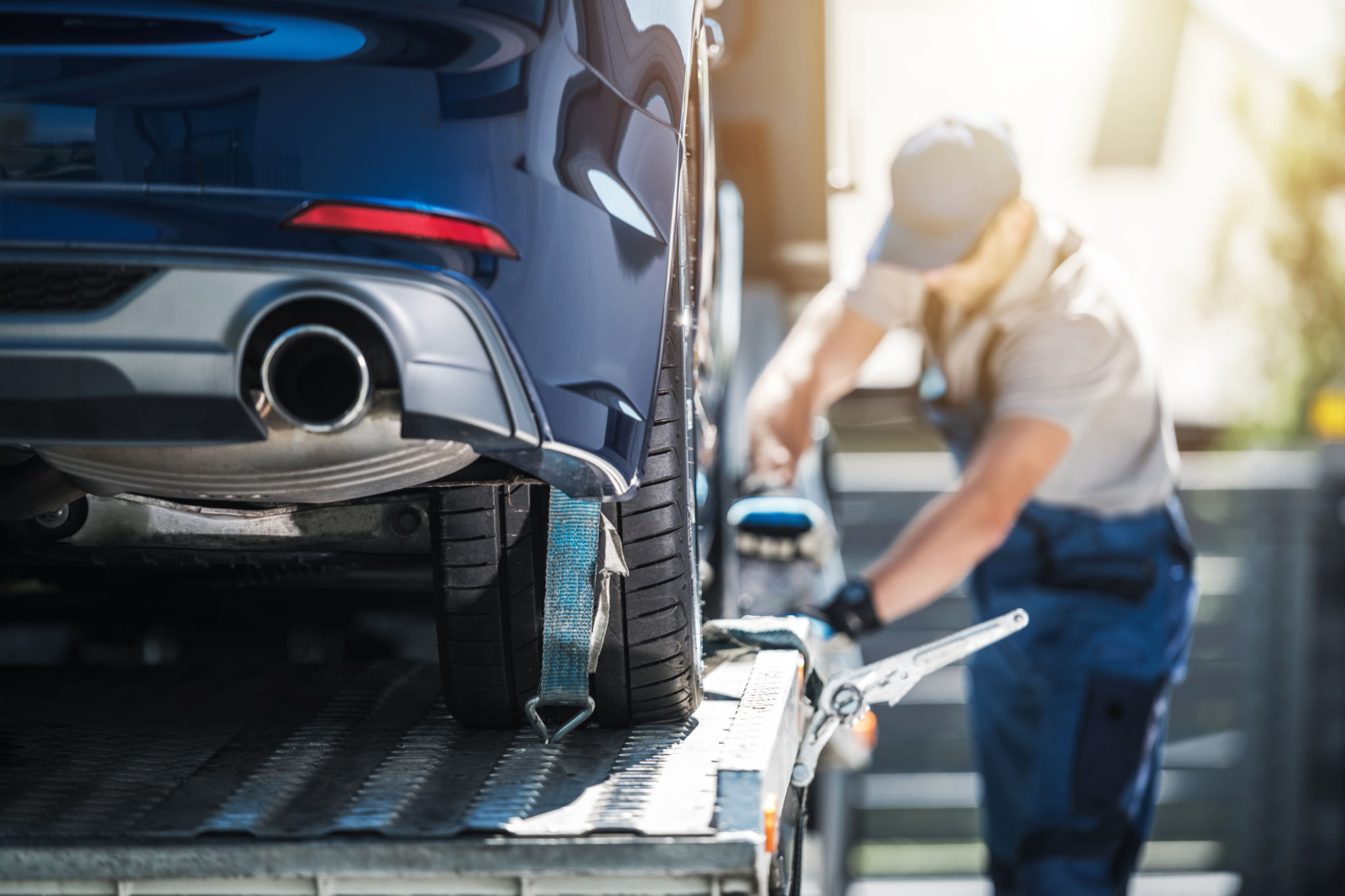Understanding the Car Transport Process: What to Expect
Introduction to Car Transport
Understanding the car transport process is crucial for anyone looking to ship their vehicle from one location to another. Whether you're moving across the country or purchasing a car from a distant seller, knowing what to expect can ensure a smooth and stress-free experience.
Car transport services offer a convenient solution, but it's essential to familiarize yourself with the steps involved. This guide will walk you through the entire process, from selecting a transport company to receiving your vehicle at its destination.

Choosing the Right Transport Company
The first step in the car transport process is selecting a reputable company. Research is vital to find a service that meets your needs and budget. Consider factors such as customer reviews, company reputation, and service offerings. It's also beneficial to compare quotes from multiple providers.
Ensure the company is licensed and insured to protect your investment. You can verify their credentials through the Department of Transportation's website or other reliable sources. A trustworthy company will also be transparent about their pricing and policies.
Types of Transport Services
When choosing a transport service, you'll need to decide between open and enclosed transport. Open transport is more affordable, as vehicles are shipped on an open carrier. However, they are exposed to weather conditions and road debris. Enclosed transport, on the other hand, offers protection from the elements but comes at a higher cost.

Preparing Your Vehicle for Transport
Before your vehicle is picked up, it's important to prepare it for transport. Start by cleaning your car inside and out. This will make it easier to identify any pre-existing damage during the inspection process. Remove all personal belongings, as they are not covered by insurance during transit.
Check for leaks and ensure that your car's battery is charged. It's also advisable to leave a quarter tank of gas in the vehicle. Finally, document the current condition of your car with photos and notes for your records.
Inspection and Pickup
On the day of pickup, both you and the transport driver will conduct an inspection of the vehicle. This involves noting any existing damage in a report that both parties sign. This document will be crucial if there are any disputes regarding vehicle condition upon delivery.

During Transit
Once your vehicle is on its way, you can generally track its progress through the transport company's tracking system or by staying in touch with their customer service team. Transit times vary based on distance, weather conditions, and other factors.
Communication is key. Stay in contact with the transport company for updates and to address any concerns that may arise during transit.
Receiving Your Vehicle
Upon arrival at the destination, another inspection will take place. Compare the condition of your vehicle with the initial inspection report to ensure there are no discrepancies. If you notice any damage, document it immediately and notify the transport company.
Once you're satisfied with the condition of your vehicle, you'll sign off on the delivery report and complete any final paperwork required by the transport company.
Conclusion
The car transport process may seem daunting at first, but understanding each step can help alleviate concerns. From selecting a reliable company to preparing your vehicle and conducting inspections, each phase is crucial for a successful shipment.
By following these guidelines and maintaining open communication with your transport provider, you can ensure that your vehicle arrives safely and securely at its destination.

